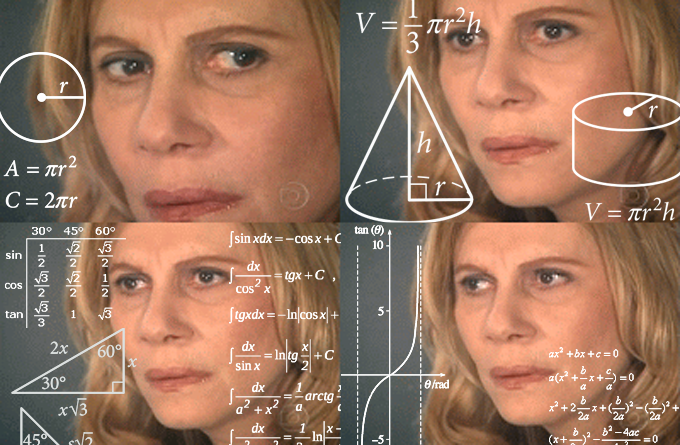Originally published at: Stop the Central Planning: How to Fix Kona Qualification - Slowtwitch News

Last year I wrote an article here on Slowtwitch advocating for a single day of racing in Kona, where men and women could race together. That was the right position then (for the reasons I gave), and it continues to be the right decision now. IRONMAN agreed with me.
But…
Like the central planners of some erstwhile people’s republic, IRONMAN screwed up the implementation, trying to come up with formulas and figures to determine which racers at IRONMAN races (I’ll leave the IRONMAN 70.3 races for another day) qualify for the world championship in Kona each year.
You can read all about the past history and Ironman’s rationale for change.
Because of this system, we are now faced with the statistically correct, but optically terrible, reality of women who finish in the top-10 overall missing out on qualification for Kona, while a bunch of fast, middle-aged, men waltz in to the big dance. It is even true, had they not won their age group, that many women, under the new central-planning-committee regime, would not have qualified for the new Kona Standard pool, even with their age-group winning time. I did the math.
IRONMAN’s answer? Another (central) committee?
Dear IRONMAN. Let’s stop the complicated calculations and get to some reality. Women shouldn’t have to compete against men. Age-group athletes shouldn’t have to compete against those in other age groups. Here is a very simple fix.
The Kona Qualification Standard (Suggested)
Each age group, both men and women, will get three slots. The top-three finishers in each age group will get first dibs, and these slots will roll down until taken. The slots won’t roll over to other age groups. The slots won’t go from women to men. Each age group, either male or female, will only race against the members of that age group. Nothing could be more fair.
There are 40 IRONMAN races each year. There are 13 age groups, per race, for men and women (though, sometimes there are a couple fewer for the women). If all slots are given, this would lead to approximately 3,100 athletes racing on a single day in Kona. But, with fewer age groups for women, and the fact that not all slots are taken, we are likely talking about 2,800 slots per year. Equal slots for men and women. Age-group athletes racing against their peers, in their own age group.
IRONMAN should stop trying to manage outcomes with formulas and handicaps. They should get back to the business of running great races and attracting (back) the numbers of racers we all want, women and men, to make IRONMAN racing great.